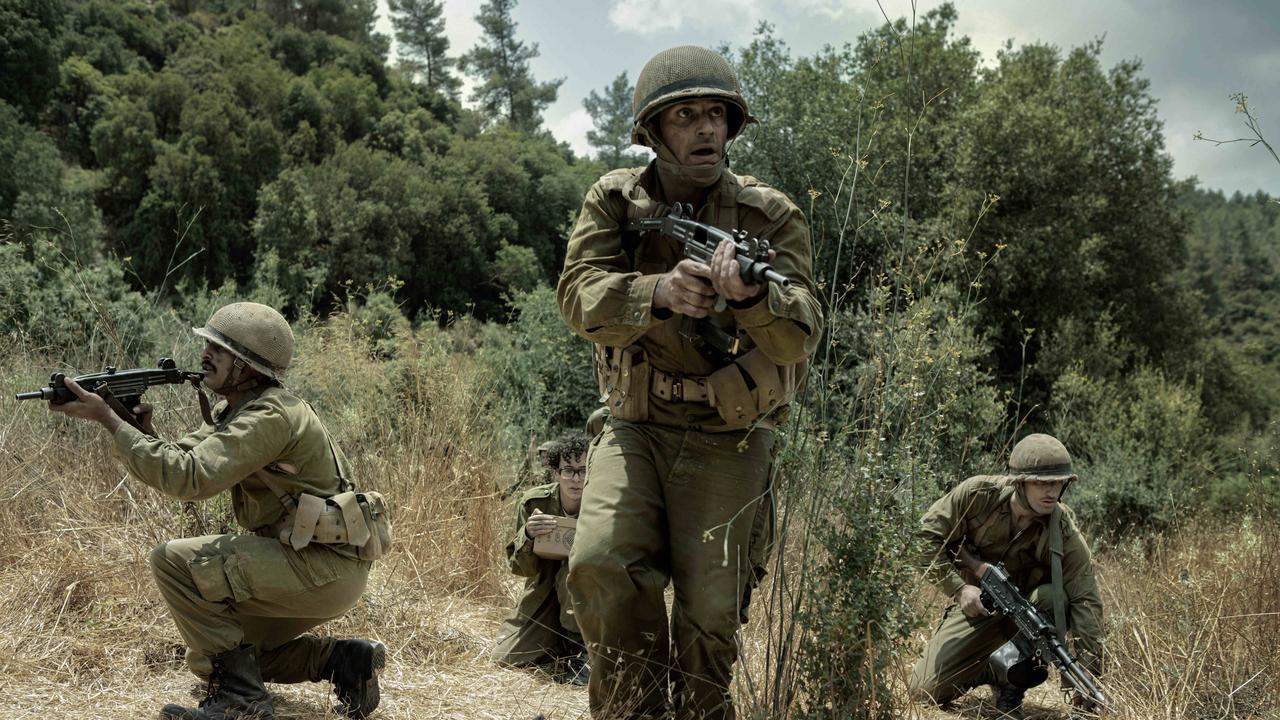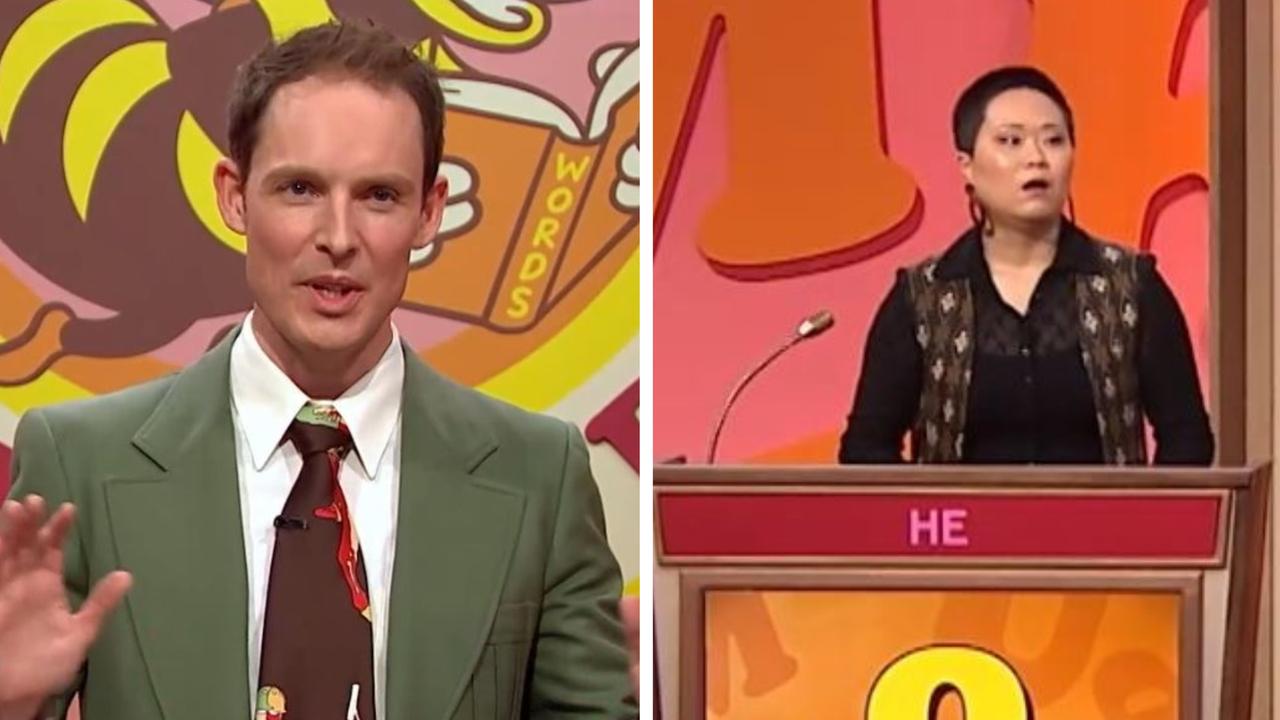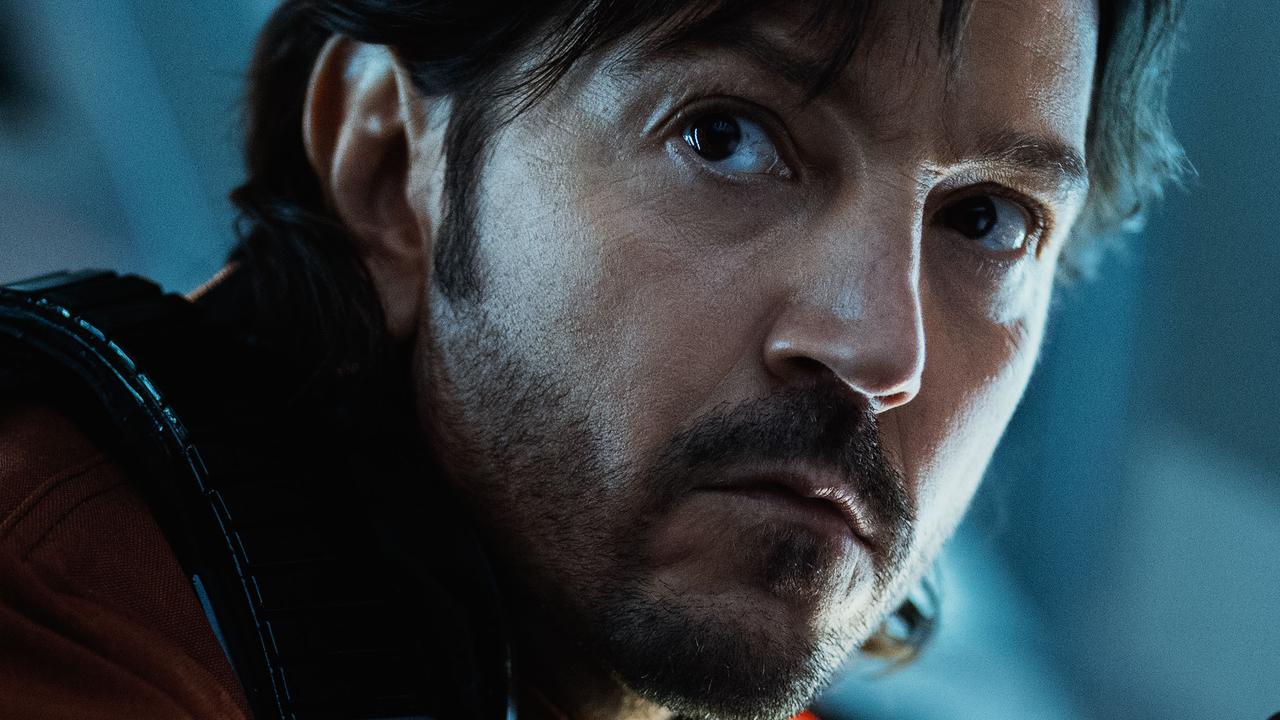Valley of Tears: Trauma and war in ambitious TV show
A gritty war drama might be one-sided but there is a value in trying to understand a perspective haunted by trauma.

One of the most expensive Israeli series ever made lands in Australia this week on Foxtel*, a gritty war drama born out of a national trauma.
But the series’ singularly focused story misses the opportunity to look at a conflict from the myriad perspectives which drove a consequential battle in global history.
Valley of Tears, from Israeli-American creator Ron Lesham and director Yaron Zilberman, is a tense and action-packed 10-episode dramatised TV show set during the Yom Kippur War of 1973, also known as The October War.
Egyptian and Syrian forces launched a surprise attack in the Sinai Peninsula and the Golan Heights on holy day Yom Kippur. The Israeli military and political establishment did not see it coming, still flush off the victories of the Six Day War of 1967 when it forcefully expanded its territory in the Middle East.
The action of the series is primarily embedded across two military units in Golan Heights – an intelligence outpost and a tank unit – plus two other subplots (one with acclaimed actor Lior Ashkenazi) that will merge into the main stories.
Valley of Tears aims to ground its narrative on the frontline action, a seemingly less-political move that throws its sympathies behind the men and women forced into survival mode because of the failings of those in power.

RELATED: Everything new to streaming in March
An introduction package of news footage of a buoyant Israeli society enjoying the liberation and security afforded by its expanded territory, perhaps naively, opens the show.
It narrowly avoids being propagandistic by pointing to the discord among the minority Sephardic and Mizrahi populations that feel discriminated against within the community.
Three major characters, who speak Moroccan as well as Hebrew and belong to the activist Israeli Black Panthers, represent the idea that it was not a homogenous Jewish population that fought alongside each other. It’s a vital element of a series that would’ve been too one-dimensional without it.
But one of the series’ most glaring omissions are the Palestinian and Arab voices of those who lived within Israeli borders – they’re nowhere to be seen – nor does it explore why Syria and Egypt are attempting to reclaim the Sinai Peninsula and Golan Heights.
The Syrian opposition fighters are dehumanised as monsters to run your tank over – except for one scene in the fourth episode where the nervy intelligence officer Avinoam (Shahar Tavoch) comes face-to-face with a younger soldier from the other side.
They’re both terrified and tired and, above all, just want to go home. That simple scene bridges the chasm between two forces told to aim their guns at each other with little regard of who’s at the other end of the bullet.
If Valley of Tears had committed to a more multifaceted approach to telling this story then it could’ve been a more rounded series – and that scene hints it was wholly possible.

RELATED: 21 movies by female filmmakers
But it rarely found the curiosity to pivot away from the frontline.
There is an intensity in never really offering a reprieve by cutting to other aspects of warfare, and the action sequences are often gripping even if it can’t match big Hollywood blockbusters in budget.
This isn’t a series that takes you into the generals’ war room or the panicked goings-on in Israel’s hallways of power, let alone how the series of conflicts in the Middle East during this era is positioned within the wider geopolitics of the Cold War.
The condemnation of the powers-that-be is limited so it could focus instead on the ground action, which are well staged by this ambitious production.
In making that choice, Valley of Tears is pointing to the traumas endured by the soldiers as emblematic of the psychological damage endured by the whole country in being reminded that is no territorial buffer that could ever function as real security.
Zilberman has previously said the Yom Kippur War of 1973 is one of three great traumas Jews have endured in the past century, alongside the Holocaust and the assassination of Yitzak Rabin (an event he documented in his feature Incitement).
Through that prism, it’s easy to see how Valley of Tears fits into a narrative about trauma and healing. Even if it feels one-sided, there is value beyond entertainment in trying to understand why.
Valley of Tears premieres on Fox Showcase on Tuesday, March 9 at 9.30pm
Share your TV and movies obsessions | @wenleima
*Foxtel is majority owned by News Corp, publisher of news.com.au




